The protagonist of the animated series Futurama finds himself in the distant future, having been placed inside a cryo-chamber. Although, at first glance, freezing the body seems like a great idea to overcome time and space, in reality, from the point of view of modern science, this idea is futile.
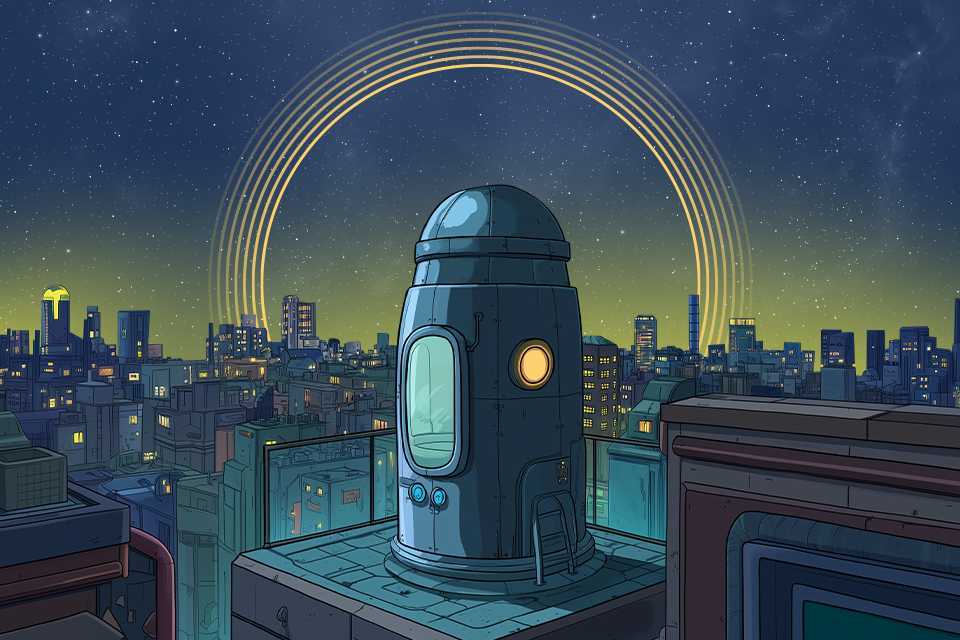
Freezing people in Futurama and beyond
On July 29, a new season of the cult sci-fi series Futurama was released. For a quarter of a century, people have been laughing at the bizarre image of the future that Philip Fry travels through. According to the plot, a simple pizza delivery man accidentally found himself in the center of human cryonization and, for no less ridiculous reasons, was put in a freezing chamber where he stayed for a thousand years.
In general, the idea of sleep has been very common in science fiction for several centuries. It is a convenient way to get not only to the future but also to other worlds.
Modern physics does not recognize the possibility of traveling faster than light. This means that traveling even to the stars closest to us will take years, decades, or even centuries. And all this time, the astronauts on board the spacecraft need to eat, drink, and slowly age.
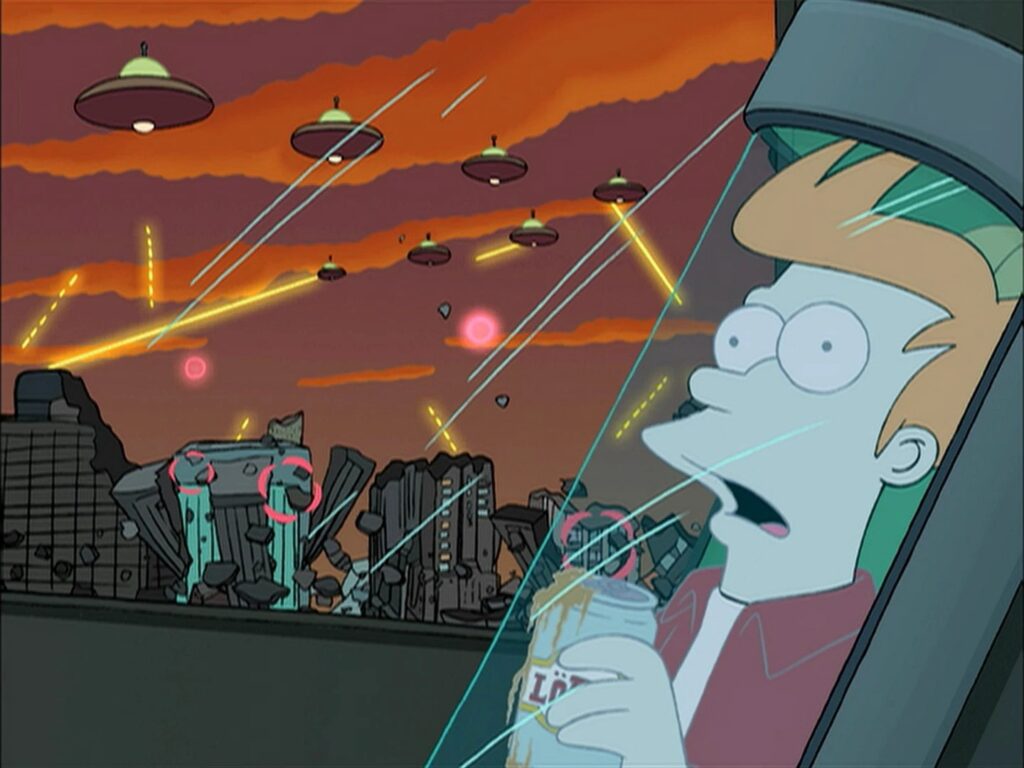
But theoretically, they can avoid this if they use cold to slow down all the processes in their bodies to barely noticeable levels. The ship will travel most of the way under automatic control, and when it arrives at the destination, the computer will wake up the crew and they will begin to explore the new world.
Cryonization and anabiosis
Most often, when science fiction mentions the slowing down of vital activity by means of cold, it is called “anabiosis”. This term comes from biology, where it refers to a complex set of processes that allow living things — from insects to bears — to slow down their biological processes. It was the observation of nature that once inspired scientists and writers to the idea that humans can do this too.
In most well-known cases, anabiosis is indeed associated with the onset of cold weather. And during cooling, processes do slow down. However, the ability to hibernate and then wake up from the slumber is a purely biological process that is due to the evolutionary adaptation of certain species of living beings. At the same time, they use completely different mechanisms.
This trick will not work with humans. Hypothermia does cause symptoms similar to falling asleep. And even the heart can stop beating while maintaining minimal brain activity. But for us, this is a one-way ticket. If such a person is not resuscitated within a few minutes, brain cells begin to die.
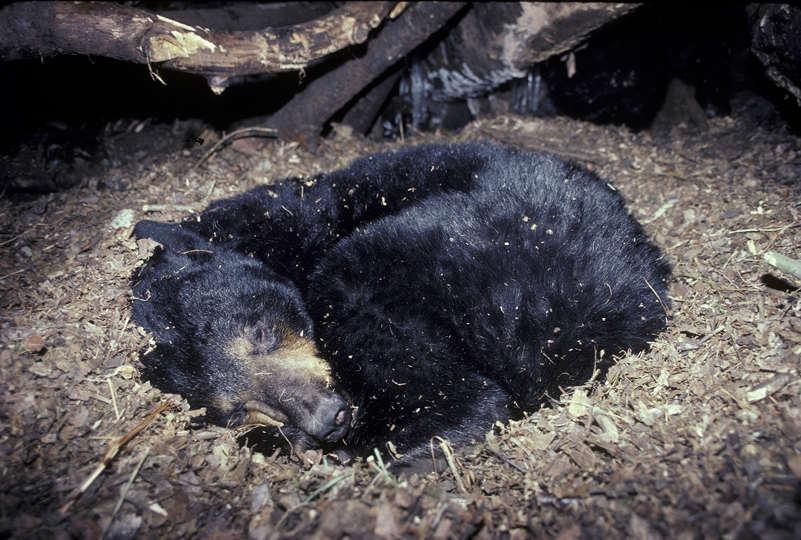
This process has been well studied in numerous cases of people falling through the ice. In many of these cases, the human heart manages to start, but the consciousness never fully returns to normal. Therefore, classical anabiosis will be available to humans only if they are genetically modified for this purpose.
Nevertheless, scientists have been experimenting with freezing and thawing cells and tissues for many years. This practice is called cryonics. In this way, organs for transplantation or germ cells can be stored for a long time, which can then be used for artificial insemination. Theoretically, even the entire human body can be stored there, and it was this method that Philip Fry used to travel to the future in Futurama.
Problems of cryonics
Scientists began experiments on freezing living beings in the middle of the 20th century. This is not very difficult given the availability of powerful freezers. The problem is different: inside biological cells there is water, which turns into ice and naturally expands. As a result, the walls of the outer membrane are torn. From the outside, everything looks relatively good, but when defrosted, cells, organs, and the entire organism die irrevocably. At least this is the case with all mammals. Small reptiles and amphibians sometimes manage to freeze into the ice and then thaw without fatal consequences. The reason for this is their biology and small size.
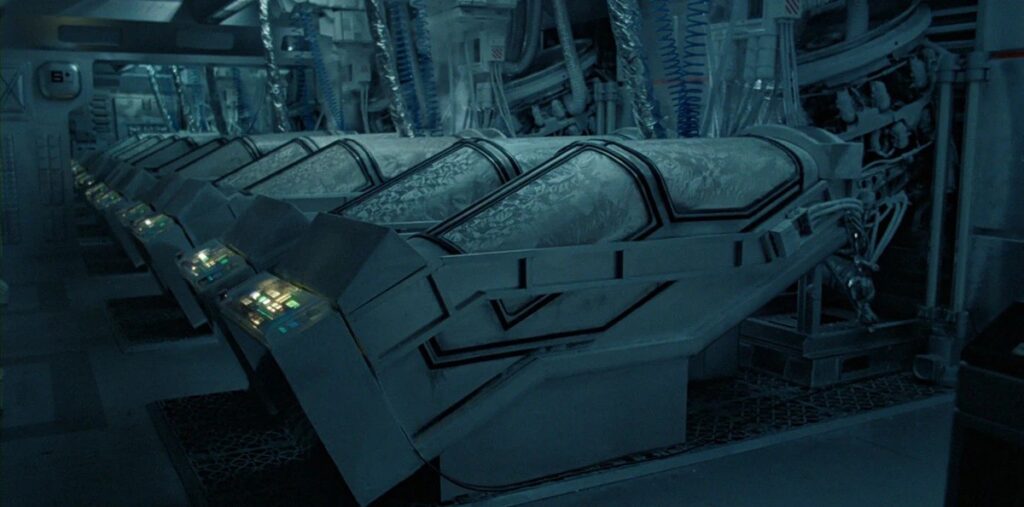
However, there is a way to protect cells from death during freezing. To do this, they need to be saturated with a special substance — a cryoprotectant. If this is done, then upon reaching a certain temperature, all biological processes stop without the formation of ice crystals.
This is how tissues and individual organs are now frozen and then used for transplantation. Some of the best cryoprotectants are the high molecular weight alcohols glycerin and ethylene glycol. This was established back in the late 1970s, but at that time cryonics actually hit a wall.
The human body is large and also covered with skin, which effectively prevents various unwanted substances from entering it. Therefore, it is impossible to saturate it quickly with a cryoprotectant. And glycerin and ethylene glycol are moderately toxic. If immersion in them is measured in minutes, it’s okay. But if cells float in it for hours, they die no worse than from freezing.
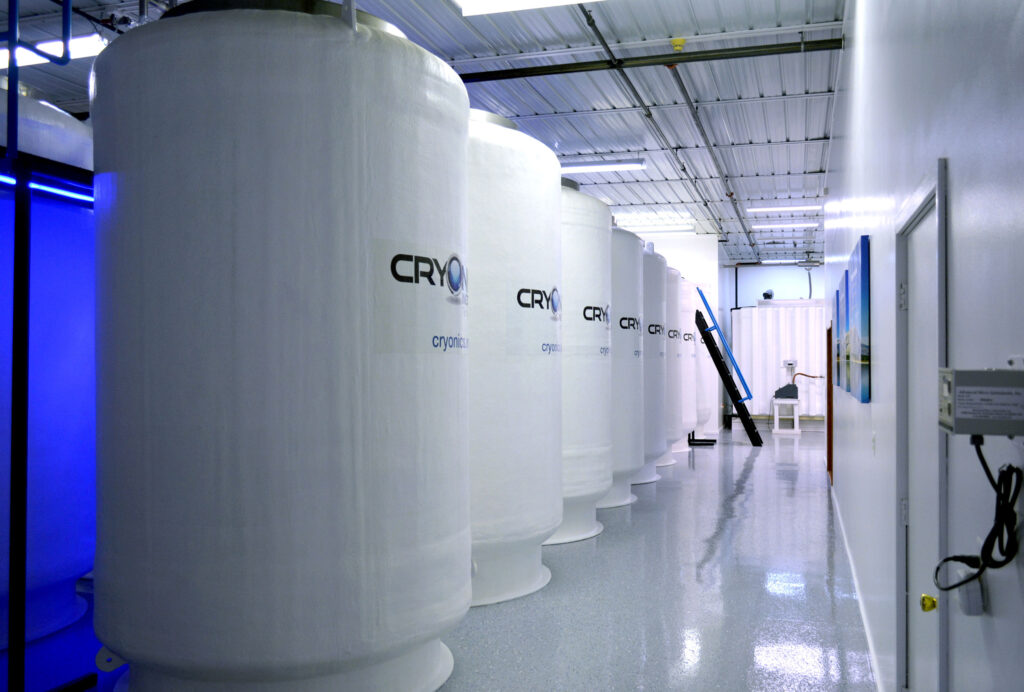
But despite this fact, which was never really widely publicized, it was in the 1970s and 1980s that centers began to appear, first in the United States and then in other countries, offering their clients, mostly elderly and very sick people, to freeze themselves and wake up in the future when a cure for their diseases would be found.
Gradually, the fashion for such centers passed, although they continue to operate today, and anyone can use their services. According to the plot of Futurama, it was one of them that helped Philip Fry get to the future. Although in reality, this would not have happened to him, as well as to any client of cryonization centers. His body would have died either during the preparation for freezing or during it.
Freezing the brain
For almost 50 years, cryonics has been at a standstill. No new cryoprotectants that are both effective and non-toxic have been found, and the chance that they will be found in the future is quite small. However, the development of cloning has given enthusiasts in this area a new solution.
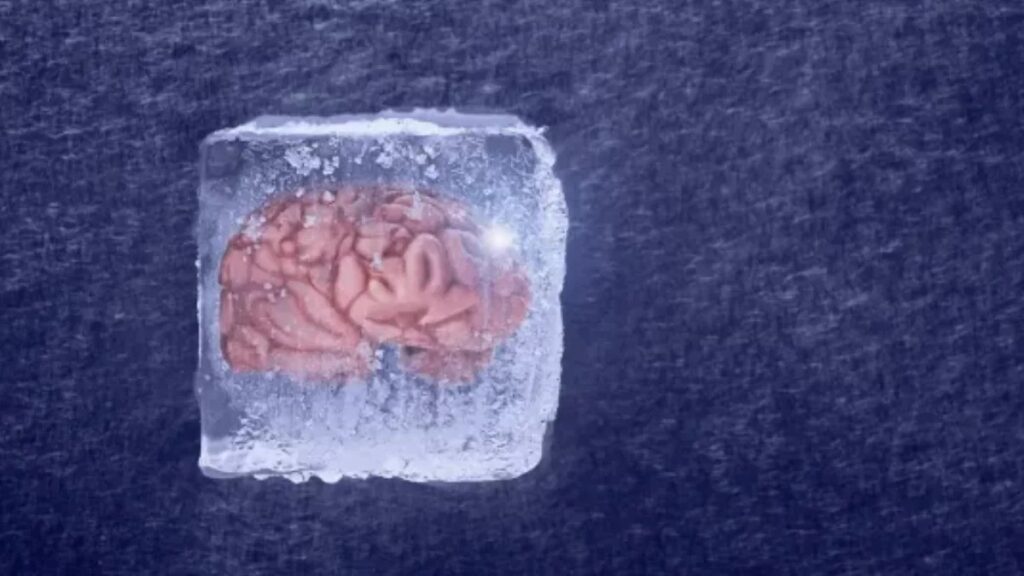
If we can grow any organ from stem cells, then why not cryonize only the brain and tissue samples instead of the whole body? In the future, technology will definitely allow us to grow a new healthy body for a client. However, the experiments were again unsuccessful. The human brain is one of the largest organs in our body, weighing over 1 kg. In addition, its cells are covered with an additional protective film — the blood-brain barrier, which cryoprotectants pass extremely slowly. This means that swimming in glycerin for several hours is unavoidable again.
Cryocenters are not in a hurry to tell their clients all this, especially since these are often people who are clinging to their last hope. Moreover, the very structure of neurons is preserved even with this very imperfect freezing, and this gives many experts hope for resolving the situation by other methods.
Neural networks and nanotechnology
When the development of cryonics stopped in the 1970s, people knew very little about how our brains work. Since then, it has become clear that it is a neural network, an information processing system that works like a sieve thanks to the ability of individual neurons to acquire certain states when information flows through them.
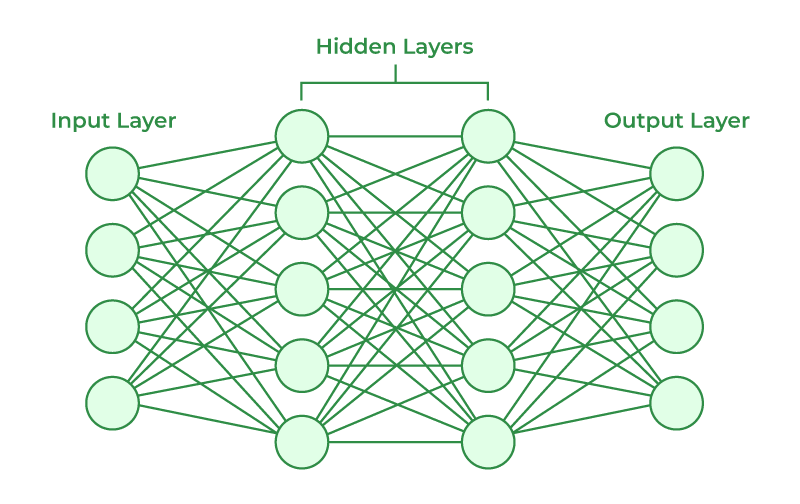
There is a certain probability that if we simply memorize the position of each of the millions of neurons in our brains and then rebuild a copy of it from living cloned cells, this will be enough to recreate a personality.
Right now, there are no technologies that would allow us to do this. 3D printing of organs is already a reality, but its accuracy is nowhere near what is needed to recreate a human brain from an electronic or frozen sample.
In theory, nanorobots could solve the problem. They would simply assemble a copy of the brain from individual cells. However, the idea of microscopic machines that can freely transform matter is as old as cryocenters, and no serious practical results have been seen in its implementation.
And the very concept of copying a neural network is not all right. With electronic neural networks, everything is simple: each neuron there has a “weight” — a certain numerical value or a set of them, and this is the only description of its internal state.
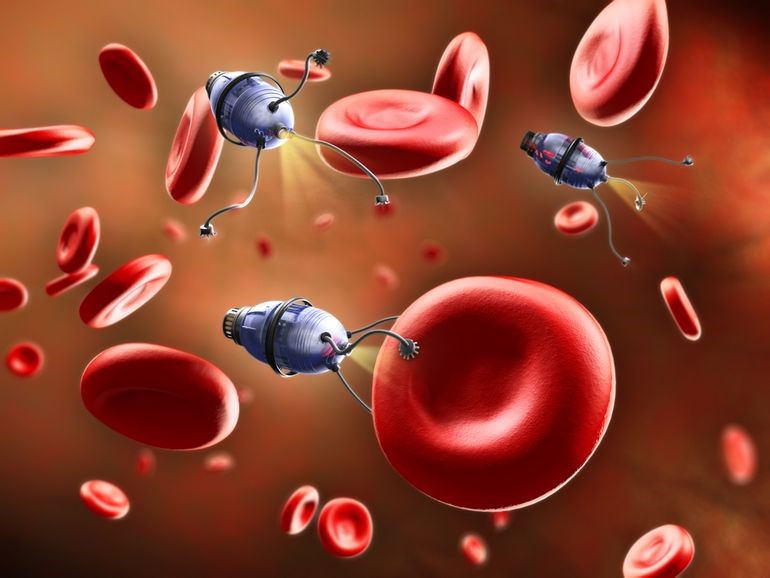
A biological neuron is a living cell, in fact, a tiny biological factory inside which DNA, RNA, ribosomes, hormones, and other organic substances are constantly interacting with each other. The synapse, the connection between individual brain cells, is not much simpler.
We still know very roughly how this machine works. But there is no doubt that freezing, even with a cryoprotectant, will severely damage all of this. Perhaps it is not so important for the formation of our consciousness, after all, it is extremely plastic. Or perhaps, if the reproduction is not accurate enough, scientists will get a completely different personality from the one that lived in the frozen body before.
It is highly likely that Philip Fry’s journey into the future in a cryo-chamber will never become a reality. After all, even for living beings who regularly hibernate, this is the greatest stress in life. And for many of them, it turns out to be fatal.
Or maybe the journey of the protagonist of Futurama can be repeated. Only it will be completed not by the person who went into the cryo-chamber, but by someone who will be reassembled by scientists in the future. However, it is possible that this is quite normal. After all, every journey is a transformation of a personality in one way or another. So, it is quite possible that a new person should enter the new world of the future.

